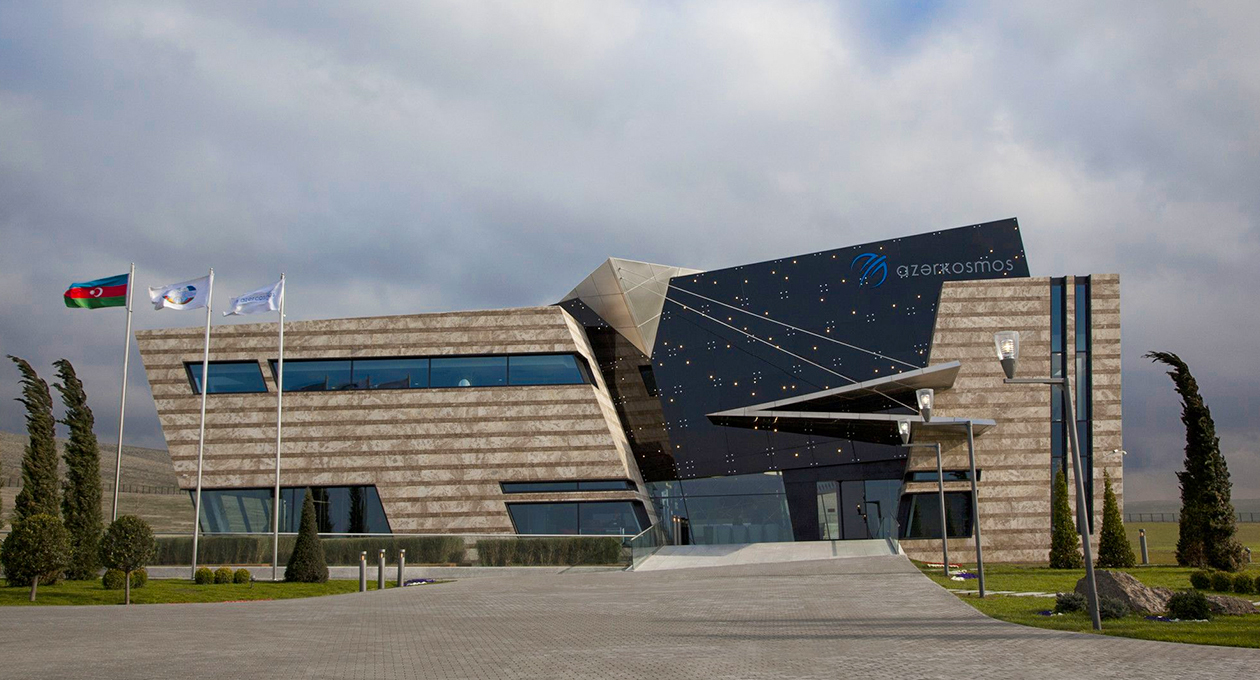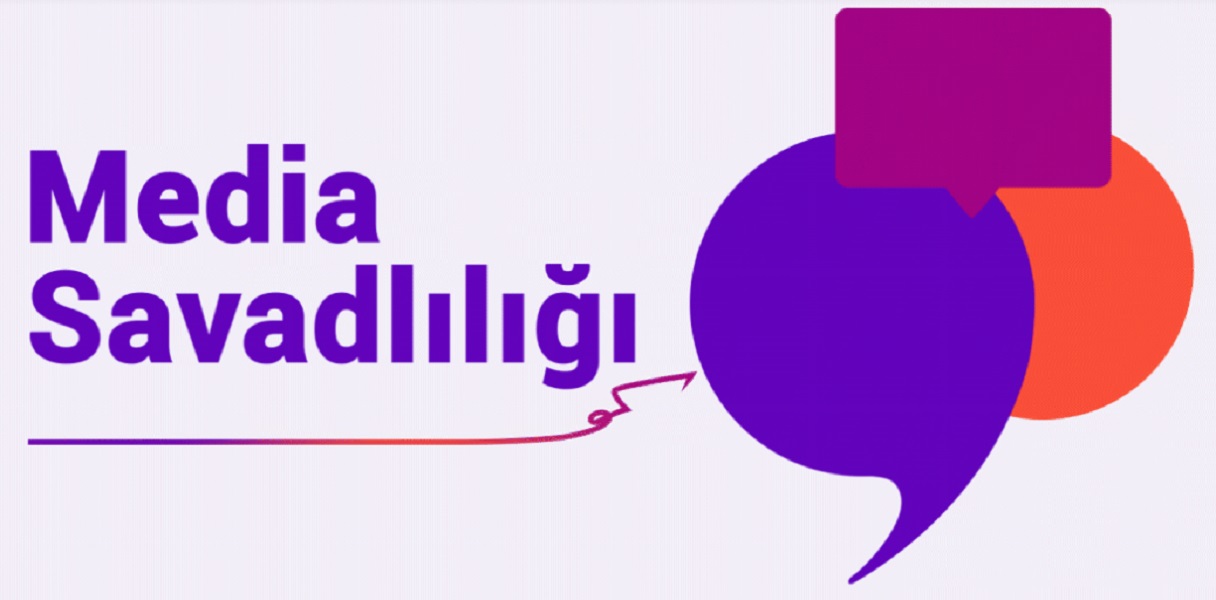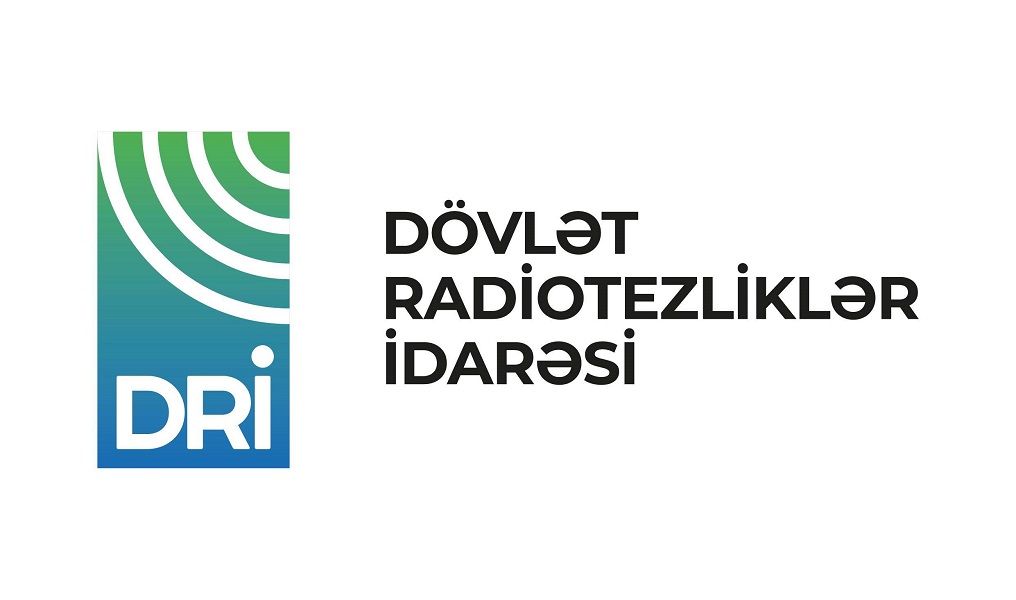Definitions and expressions used in the field of audiovisual media
mass information - information which obtaining, transfer, production and distribution are not limited by the law and information published by the media entities in order to bring it to an unlimited number of persons;
media - tools or means used to carry out periodic or regular publication and (or) broadcasting of mass information;
media entity - natural or legal entity whose main activity is the publication and (or) broadcasting of mass information;
audiovisual media - media that provides the user through various technical tools and means with audio and (or) visual form of television and radio broadcasting, including on- demand media services;
online media - media that broadcasts mass information on an internet information resource in text, audio, visual or other electronic (digital) form except audiovisual media;
editorial office - creative staff of websites, newspapers and other periodicals, as well as TV and radio channels and on- demand media services;
editorial control - decisive influence on creativity or selection, organization and broadcasting of media entity;
editorial responsibility - implementation of control over the selection of the programs and their organization, both in a chronological schedule in the case of television and radio broadcasting, either in a catalogue in the case of on-demand media services;
responsible editor - editor-in-chief (editor), who implements the decision-making function on the schedule of the program in TV and radio broadcasting, and on the content and selection of the program within the program catalog in the on- demandmedia service;
decisive influence - direct and (or) indirect ownership alone or together with others persons of 50 (fifty) percent and more of the shares in the authorized capital of a legal entity that is media entity and influence on the activity and management of the legal entity by persons having the right to vote on these shares;
user - natural or legal entity who uses media services to meet information needs without commercial purpose;
media literacy - possession of knowledge of media content, its transmission and consumption, critical evaluation, ability to use and analyze in different contexts;
logo - any combination of symbols (words, letters, numbers, graphic elements, etc.), allowing to distinguish the editorial (editorials) of the media entity;
national product - media product produced by local (national) natural or legal entities;
audiovisual broadcaster - natural or legal entity responsible for the content of programs in television and radio broadcasting, including the on-demand media service and making a decision on the method of broadcasting this service;
terrestrial broadcaster - natural or legal entity responsible for the content of television and radio programs and who carrying out broadcasting these programs by means of terrestrial transmission;
nation-wide broadcaster - terrestrial broadcaster whose programs cover at least 70% of the population within the territory of whole country;
regional broadcaster - terrestrial broadcaster whose programs cover at least 70% of the population of several administrative-territorial units;
platform broadcaster - natural or legal entity responsible for the content of audiovisual programs and broadcasting these programs through the platform and (or) multiplex operator or directly over the internet;
infrastructure operator - body (institution) defined by the relevant executive authority to ensure the retransmission of audiovisual programs by combining a large number of audiovisual digital broadcast signals in one or more signals, using radio frequency resources through its base terrestrial broadcasting networks as well as on a separate radio frequency;
multiplex operator - legal entity who carrying out retransmission using radio frequency resources of more than one television or radio channels;
platform operator - natural or legal entity who rebroadcasts programs, including the on-demand media services through cable, IPTV, OTT, mobile TV and satellite encoded broadcasting signals;
on-demand media service provider - natural or legal entity responsible for the content of the program catalog and ensuring that the programs are watched and (or) listened at the time chosen by the user and at his / her individual request in accordance with the compiled program catalog;
retransmission - transmission of television or radio channels, as well as programs or their parts using any technology at the time of broadcasting, without changes to their content;
thematic broadcasting - broadcasting where at least 75 percent of the program schedule or catalogue are related to a specific area (news, film, documentary, sport, music, children's entertainment, TV trade, etc.);
program - set of information intended for informing, educating and entertaining a certain part of the society, prepared on the basis of the requirements established by this Law, included in the program schedule or program catalog, recorded and broadcast live or via electronic memory devices;
program schedule - schedule that reflects the time and sequence of programs;
program catalog - set of programs available at the user's choice in the on-demand media service;
television audience measuring (TAM) organization - legal entity measuring the audience of audiovisual media;
significant event - sport, cultural, political, etc. content, which are of public interest to society and are intended to be published and (or) broadcasted by media entities operating in the territory of the country;
commercial communication - images of goods, services, any legal or natural entity pursuing an economic activity, directly or indirectly, with or without sound. Such images are included in the program or accompany the program for the purpose of self-promotion, based on a cash payment or a reasonable fee. Audiovisual commercial communication types include advertising, sponsorship, teleshopping, product placement;
teletext - information (news, list of programs, etc.) that can be read directly from the television screen;
digital television - transmission of video and audio signal from transmitter to TV receiver using digital modulation and MPEG compression standard;
EPG - Elektron Program Guide - interactive service providing flexibility in digital content management of digital television and radio broadcasting;
ASO (Analogue Switch Off), analog broadcast suspension - the moment of switching off the last analog transmitter;
STB (set top box), digital converter device - a device that receives the terrestrial television broadcast signal of DVB-T (MPEG-4) standard, decoding and subsequently transmits the video and audio signal to the analog TV receiver;
multiplex (MUX) - package of TV channels (services); list of television and radio channels broadcasting using one radio frequency;
DVB (Digital Video Broadcasting) - the general open European standard for digital multimedia broadcasting, which provides high broadcast quality adopted by ETSI (European Broadcasting Standards Institute);
DVB - T (Digital Video Broadcasting - Terrestrial) - European terrestrial digital broadcasting standard;
DVB-T2 (Digital Video Broadcasting - Terrestrial) - new European digital broadcasting standard;
MPEG-4 - compression standard of video and audio;
VoD (Video on Demand) - video content watched by the user whenever he wants;
Catch-up TV (or Replay TV) - internet television that broadcasts television programs over the internet within a few days after broadcasting.The programs are placed on the Internet by the broadcaster;
Connected TV - hybrid TV that gives you opportunity to access two networks in parallel. On the one hand, it connected to DVB (e.g. DVB-T, DVB-s or DVB-c) broadcasting network, so that a hybrid terminal is able to receive standard audiovisual broadcasting (i.e., linear audiovisual content).On the other hand, the hybrid terminal has access to the internet, which allows a two-way connection with the provider. Through this interface, the terminal is able to receive additional information and on-demand video (i.e., non-linear audiovisual content);
UGC (User-generated Content) - user-generated content (YouTube or Daily Motion);
VSP - video sharing platform;
HDTV-High Definition television - a broadcasting standard that provides higher resolution than traditional TV broadcasting standards (PAL, SECAM, NTSC);
3D TV - 3-dimensional television with a voluminous image, delivering the “depth effect” to the viewer.Modern television receivers use a stereo-loop system, polarized glasses or a parallax barrier system on the display. Now there are TV receivers that allow you to see a deep image without using stereoscopic glasses.










